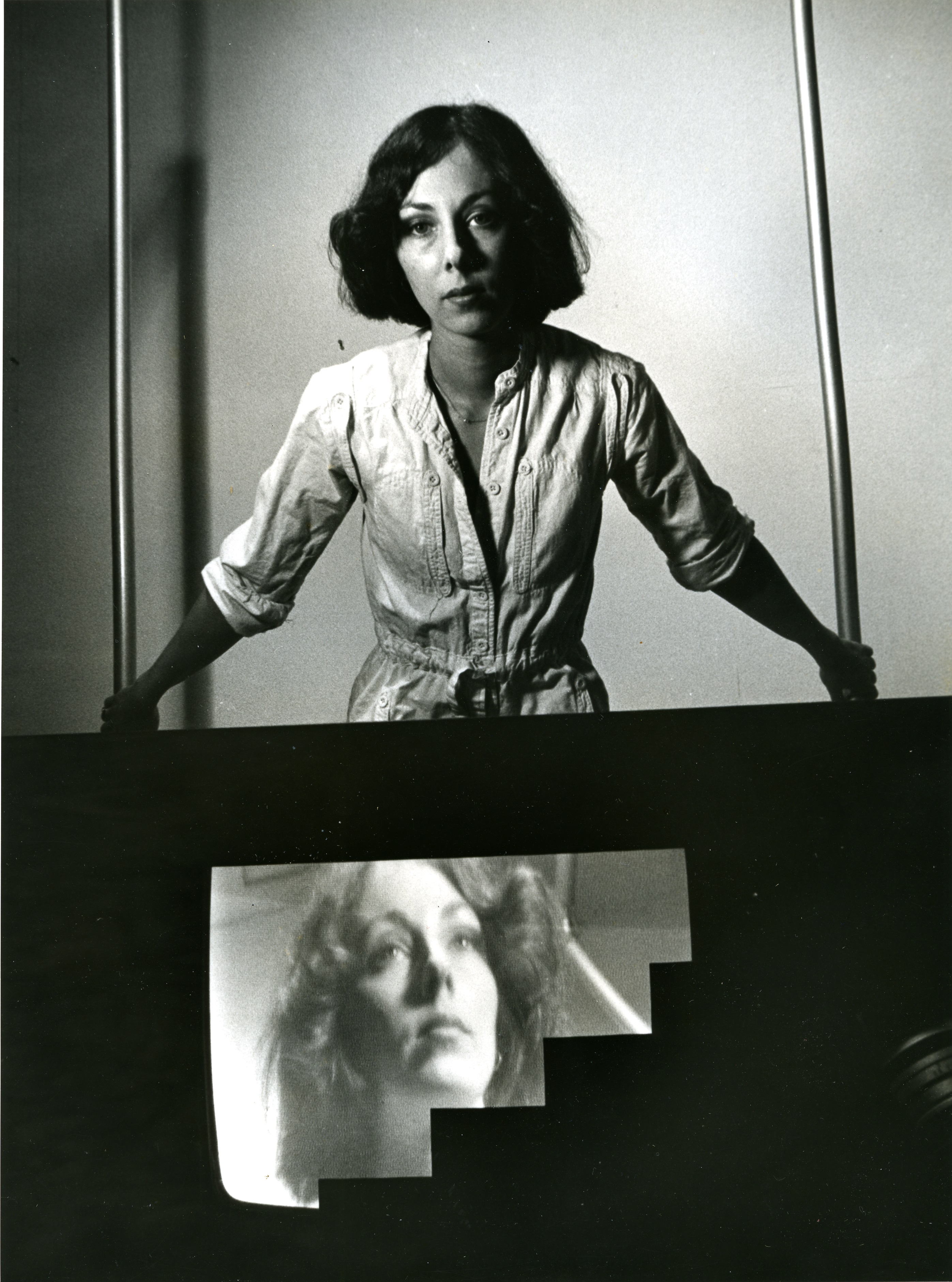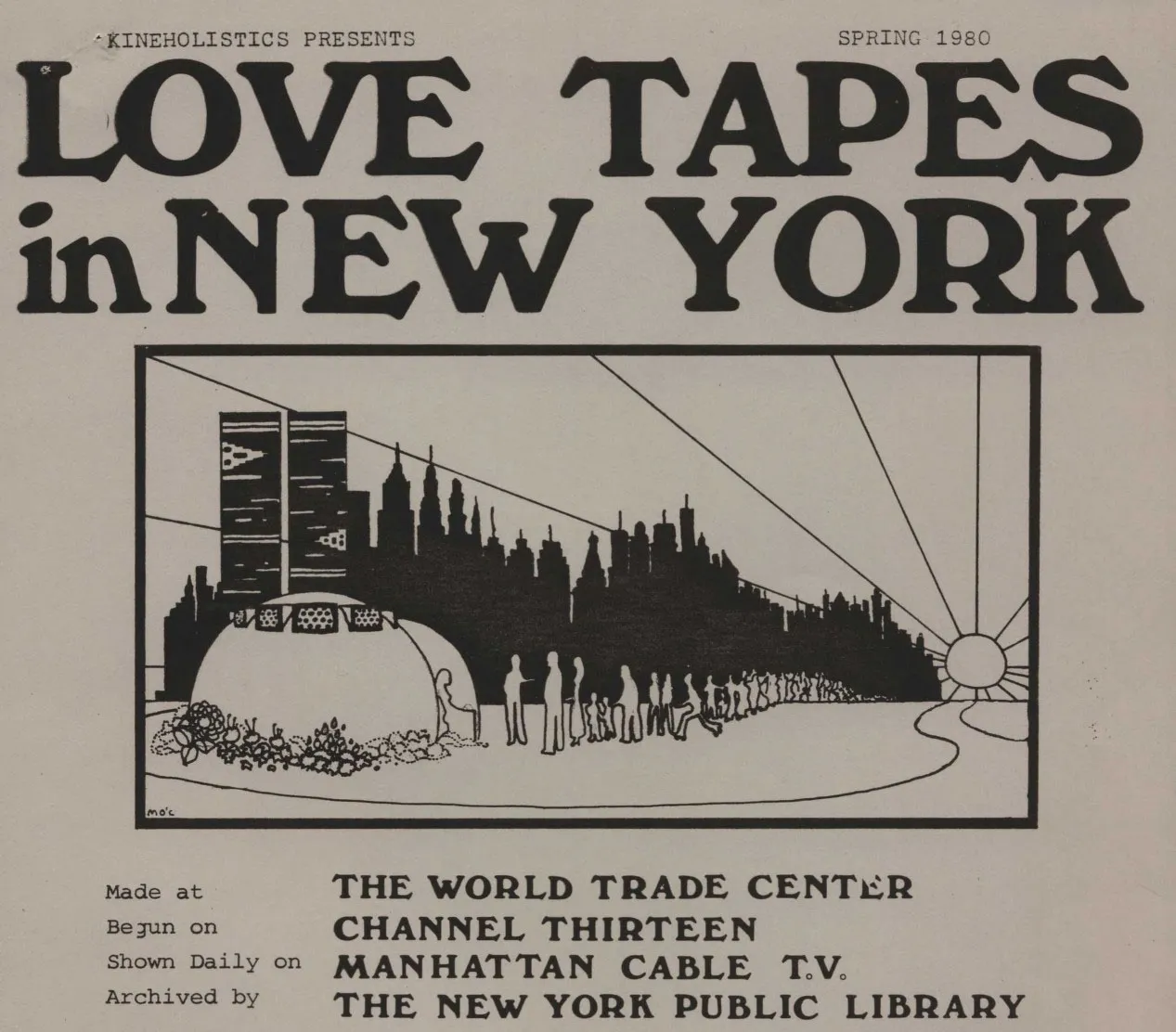About the Project

Wendy Clarke’s projects such as the Love Tapes, New York Tapes, and Growing Up Gay: The Out Tapes continue to be influential with their elevation of individual voices. Through her process, Clarke invited participation that gave individuals agency and never reduced them to stereotypes. The videos that Clarke recorded in New York in the 1980s and 1990s represent a powerful archive of individual voices from marginalized communities.

Wendy Clarke grew up alongside American avant-garde film and video. She is the daughter of filmmaker and video artist Shirley Clarke (1919-1997), best known for directing independent films such as The Cool World (1963) and Portrait of Jason (1967). Starting in 1969, Shirley Clarke began experimenting with video—specifically the Sony ½" open reel videotape format. The introduction of the affordable and portable ½" open reel videotape in 1969 made it possible for many artists, schools, non-profit organizations, and other low-budget creators to record their own content. Shirley Clarke, along with Wendy Clarke, Bruce Ferguson, Dee Dee Halleck and Andy Gurian, among others, formed the TeePee Videospace Troupe. At the Chelsea Hotel and at various museums, community centers, and universities along the East Coast, they gave workshops demonstrating how video could enable people to be both creator and audience. The WCFTR first contacted Shirley in March 1973 proposing that she establish a collection at the Center; she agreed in April and began sending materials in June 1973. Over the next 20 years, the WCFTR built a solid relationship with Shirley that saw her collection grow to encompass over 30 boxes of paper documents and photographs, 185 reels of film and 883 videotape recordings. The WCFTR was thrilled to collaborate with Milestone Film and Video starting in 2012 to bring Shirley’s work back into the spotlight with their undertaking called “Project Shirley” which restored many of Clarke’s films and released for the first time some of her short films, home movies and experimental videos.
"Most of the time the subject was about my current relationship and my feelings about love."
- Wendy Clarke, Making the "Love Tapes"
Working alongside these artists and her mother, Wendy Clarke developed her own perspective and techniques for bringing communities together using these new technologies. The Love Tapes project began when Wendy, using video equipment given to her by Shirley in 1972, began recording video journals. She was inspired to record the video journals after taking a class at Sarah Lawrence College taught by Shirley Kaplan. Wendy found that she was able to express “her true feelings, needs, and wants, and to see if I was being honest. Most of the time the subject was about my current relationship and my feelings about love.” In 1977, Wendy challenged herself to talk about her feelings and record herself until she had nothing more to say. She recorded three 30 minute reel-to-reel videotapes and sensing she had captured something special, shared them with several people she trusted. Ultimately, one of the tapes, entitled “Chapter One”, was included in the exhibit Interactive Video at the University of Southern California. The comments and feedback she received from guests of the exhibit encouraged Wendy to share “Chapter One” with graduate students in Shirley’s class at UCLA which helped her further refine the format for not only the Love Tapes but for a number of her future projects.
The roots of the Wendy Clarke collection at the WCFTR were laid in May 1980 when an unnamed WCFTR staff member met with Shirley in New York City and noted that Wendy was doing the Love Tapes at the World Trade Center and “may have material she wants to send” to the WCFTR. Wendy’s material, however, would not arrive at the WCFTR until 2017. We knew upon accepting the collection that we would need to apply for and receive a grant in order to digitize, preserve, and make accessible Wendy’s work - there are over 1,000 tapes encompassing 13 different formats. While the WCFTR is fortunate to have access to climate controlled storage for its film, video, and audio collections, we felt a particular urgency to work on Wendy’s collection for several reasons. The first is that magnetic media, like videotapes, degrades as it ages and the equipment to play the myriad of videotape formats in the collection are no longer being made - preservation of magnetic media is a race against time. The other reason is that we wanted Wendy to be a part of the project, and more importantly, wanted her to be acknowledged and celebrated for her life’s work. It has been an honor and a privilege getting to know and work with Wendy.
Project Team
- Eric Hoyt
- Mary Huelsbeck
- Amanda Smith
- Sam Hansen
- Matt St. John
- Ben Pettis
- Ashton Leach
- Mare Lodu
- Kate Folkenroth
This project is supported by a Humanities Collections and Reference Resources Implementation Grant from the National Endowment for the Humanities.
This page last updated: